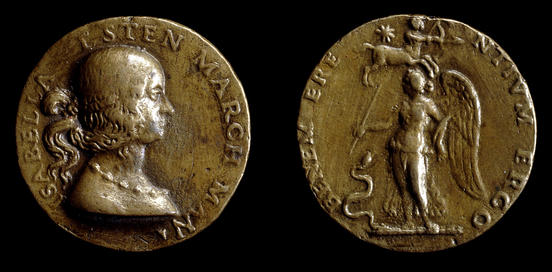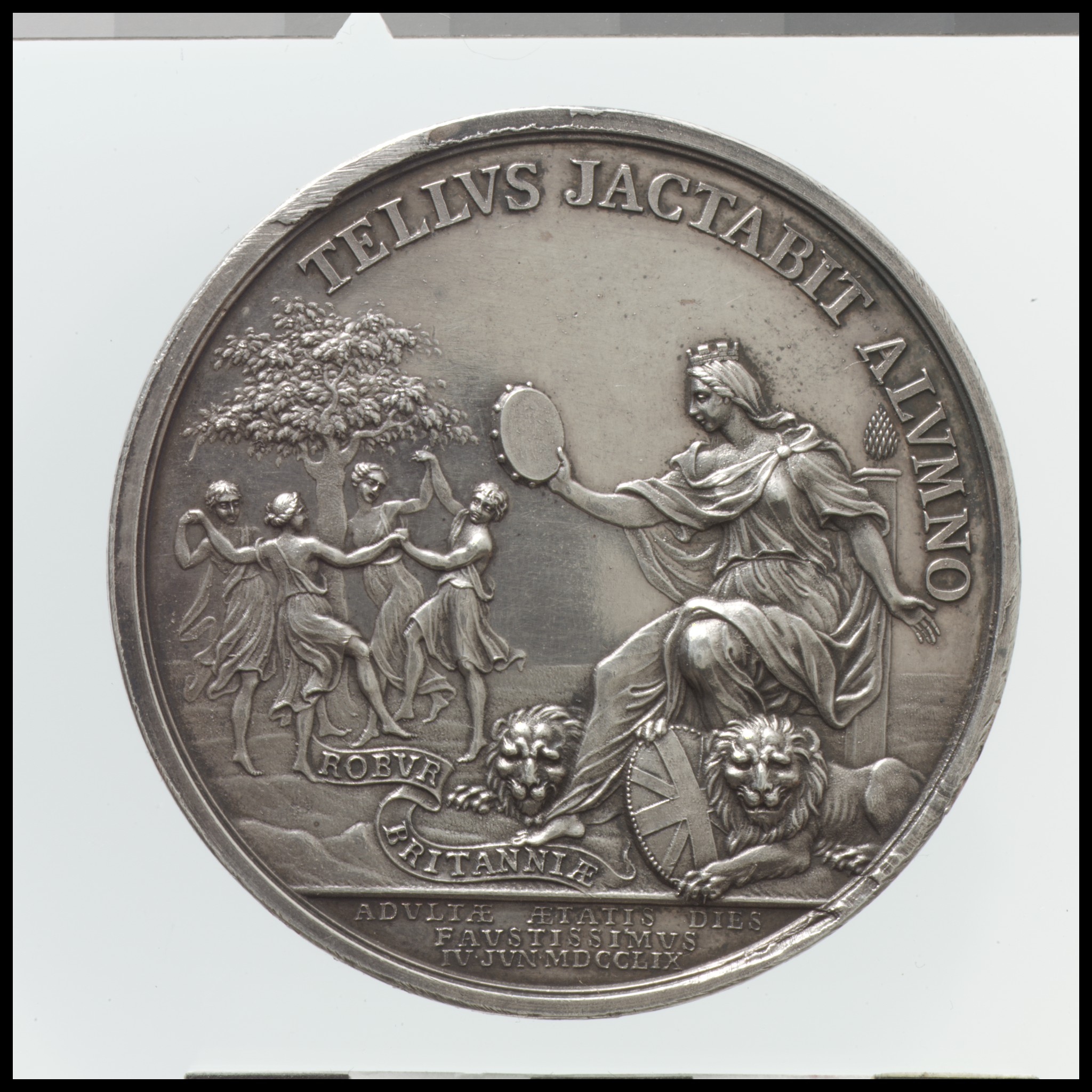|
Lewis Pingo
Lewis Pingo (1743 - 26 August 1830), was a noted eighteenth medallist and engraver. From a family of engravers and medallists, he was the son of the Assistant Engraver at the Mint, Thomas Pingo. He was also the brother of the engraver, John Pingo and the York Herald, Benjamin Pingo. Career In 1776 he was appointed to succeed his father as assistant-engraver at the mint where he served until 1779 when he was appointed chief engraver. Pingo engraved the dies for the shillings and sixpences of George III in the issue of 1787 and the second variety of the Maundy money of George III. He also engraved dies for the three-shilling Bank token and for the East India Company's copper coinage. He made patterns for the guinea, seven-shilling piece, penny and halfpenny of George III. Among Pingo's medals may be noticed: medal of Dr. Richard Mead, struck in 1773; the Royal Society Copley medal, with bust of Captain J. Cook, 1776; Freemasons' Hall medal, 1780; ‘Defence of Gibraltar,’ 1782; Chr ... [...More Info...] [...Related Items...] OR: [Wikipedia] [Google] [Baidu] |
Medal
A medal or medallion is a small portable artistic object, a thin disc, normally of metal, carrying a design, usually on both sides. They typically have a commemorative purpose of some kind, and many are presented as awards. They may be intended to be worn, suspended from clothing or jewellery in some way, although this has not always been the case. They may be struck like a coin by dies or die-cast in a mould. A medal may be awarded to a person or organisation as a form of recognition for sporting, military, scientific, cultural, academic, or various other achievements. Military awards and decorations are more precise terms for certain types of state decoration. Medals may also be created for sale to commemorate particular individuals or events, or as works of artistic expression in their own right. In the past, medals commissioned for an individual, typically with their portrait, were often used as a form of diplomatic or personal gift, with no sense of being an award fo ... [...More Info...] [...Related Items...] OR: [Wikipedia] [Google] [Baidu] |
Thomas Pingo
Thomas Pingo (1714–1776) was an English medallist and die engraver. He worked for the Royal Mint in London. Originally thought to have come from Italy in 1742, and born there in 1692, he was in fact the son of Thomas Pingo Sr (1688 – after 1743) of Plumbtree Court, London. The Pingo family first appeared in London in the 1650s in the Parish of St Martins-in-the-Fields.Christopher Eimer, The Pingo Family, British Art Medal Trust, London 1998, p.12-17. His subjects included Charles Edward Stuart (Bonny Prince Charlie, King George III of Great Britain and Prince Frederick, Duke of York and Albany, last Prince-Bishop of Osnabrück (1763 - 1827) ]. His was appointed Assistant Engraver at the Mint in 1771. Private life He married Mary in 1711 and they had 14 children, four of whom were notable. Their daughter Mary Pingo was an artist and designer; baptised in 1741, she died unmarried in 1819. Their sons Lewis Pingo (bap. 1743–1830) and John Pingo (bap 1738- 1827) also became ... [...More Info...] [...Related Items...] OR: [Wikipedia] [Google] [Baidu] |
John Pingo
John is a common English name and surname: * John (given name) * John (surname) John may also refer to: New Testament Works * Gospel of John, a title often shortened to John * First Epistle of John, often shortened to 1 John * Second Epistle of John, often shortened to 2 John * Third Epistle of John, often shortened to 3 John People * John the Baptist (died c. AD 30), regarded as a prophet and the forerunner of Jesus Christ * John the Apostle (lived c. AD 30), one of the twelve apostles of Jesus * John the Evangelist, assigned author of the Fourth Gospel, once identified with the Apostle * John of Patmos, also known as John the Divine or John the Revelator, the author of the Book of Revelation, once identified with the Apostle * John the Presbyter, a figure either identified with or distinguished from the Apostle, the Evangelist and John of Patmos Other people with the given name Religious figures * John, father of Andrew the Apostle and Saint Peter * Pop ... [...More Info...] [...Related Items...] OR: [Wikipedia] [Google] [Baidu] |
York Herald
York Herald of Arms in Ordinary is an officer of arms at the College of Arms. The first York Herald is believed to have been an officer to Edmund of Langley, Duke of York around the year 1385, but the first completely reliable reference to such a herald is in February 1484, when ''John Water alias Yorke, herald'' was granted certain fees by Richard III. These fees included the Manor of Bayhall in Pembury, Kent, and 8 pounds, 6 shillings, and 8 pence a year from the Lordship of Huntingfield in Kent. The badge of office is the White Rose of York ''en soleil'' ensigned by the Royal Crown. Holders of the office See also * Heraldry * Officer of Arms References ;Notes ;Citations ;Bibliography * ''The College of Arms, Queen Victoria Street : being the sixteenth and final monograph of the London Survey Committee'', Walter H. Godfrey, assisted by Sir Anthony Wagner Sir Anthony Richard Wagner (6 September 1908 – 5 May 1995) was a long-serving officer of arms at the College o ... [...More Info...] [...Related Items...] OR: [Wikipedia] [Google] [Baidu] |
Benjamin Pingo
Benjamin Pingo (3 February 1749 – 8 July 1794), was a Herald and son of Thomas Pingo the engraver. Pingo was baptised on 8 July 1749 in the parish of St. Andrew, Holborn. He was the son of Thomas Pingo and his wife, Mary, daughter of Benjamin Goldwyre of Romsey, Hampshire.Christopher Eimer, The Pingo Family, British Art Medal Trust, London 1998, p.12-17. His older brother was the engraver, Lewis Pingo. In 1780 Pingo was appointed Rouge Dragon Pursuivant and served in that capacity until 1786. In 1786 he was appointed York Herald York Herald of Arms in Ordinary is an officer of arms at the College of Arms. The first York Herald is believed to have been an officer to Edmund of Langley, Duke of York around the year 1385, but the first completely reliable reference to such a ... in which capacity he served until his death in 1794. Pingo died in a crush at the Haymarket Theatre on 3 February 1794. He left his manuscripts and works to the College of Heralds. References ... [...More Info...] [...Related Items...] OR: [Wikipedia] [Google] [Baidu] |
London
London is the capital and List of urban areas in the United Kingdom, largest city of England and the United Kingdom, with a population of just under 9 million. It stands on the River Thames in south-east England at the head of a estuary down to the North Sea, and has been a major settlement for two millennia. The City of London, its ancient core and financial centre, was founded by the Roman Empire, Romans as ''Londinium'' and retains its medieval boundaries.See also: Independent city#National capitals, Independent city § National capitals The City of Westminster, to the west of the City of London, has for centuries hosted the national Government of the United Kingdom, government and Parliament of the United Kingdom, parliament. Since the 19th century, the name "London" has also referred to the metropolis around this core, historically split between the Counties of England, counties of Middlesex, Essex, Surrey, Kent, and Hertfordshire, which largely comprises Greater London ... [...More Info...] [...Related Items...] OR: [Wikipedia] [Google] [Baidu] |
Joshua Rowley
Vice-Admiral Sir Joshua Rowley, 1st Baronet (1734 – 1790) was a Royal Navy officer who was the fourth son of Admiral Sir William Rowley. Sir Joshua was from an ancient English family, originating in Staffordshire (England) and was born on 1 May 1734. Rowley served with distinction in a number of battles throughout his career and was highly praised by his contemporaries. Unfortunately whilst his career was often active he did not have the opportunity to command any significant engagements and always followed rather than led. His achievements have therefore been eclipsed by his contemporaries such as Keppel, Hawke, Howe and Rodney. Rowley however remains one of the stalwart commanders of the wooden walls that kept Britain safe for so long. Early career and the Battle of Toulon He entered the navy and served on his father's flagship Ships of the Royal Navy, College, p. 333 and served at the battle of Toulon, a battle that was exceptionally controversial despite its inconc ... [...More Info...] [...Related Items...] OR: [Wikipedia] [Google] [Baidu] |
Shifnal
Shifnal is a market town and civil parish in Shropshire, England, about east of Telford, 17 miles (27 km) east of the county town of Shrewsbury and 13 miles (20 km) west-northwest of the city of Wolverhampton. It is near the M54 motorway (Junction 4). At the 2001 census, it had a population of 6,391, increasing to 6,776 at the 2011 census. History Early medieval time The town, also once known as "Idsall" (relating to potential Roman links), most probably began as an Anglian settlement, established by the end of the 7th century. Shifnal is thought to be the place named "Scuffanhalch" in a 9th-century charter, as a possession of the monastery at Medeshamstede (later Peterborough Abbey). Though this seems a dubious claim, and the ancient charter is in fact a 12th-century forgery, the full picture is more complex. Sir Frank Stenton considered that "Scuffanhalch", along with "Costesford" ( Cosford) and "Stretford", formed part of a list of places which had on ... [...More Info...] [...Related Items...] OR: [Wikipedia] [Google] [Baidu] |
John Moore Lester
John Moore Lester (4 September 1851 – 24 December 1919) was a British priest who served as Rector of Litchborough and Rural Dean of Lichfield. He was the son of Frederick Lester. Lester was a clergyman and academic and grandfather of James Shaw, Baron Kilbrandon, Philippa Lester, the second wife of Cecil Davidge, and biological grandfather of Katherine DeMille. Early life Lester was born in Bombay in the Bombay Presidency, to Frederick Lester and Charlotte Pratt Fyvie, niece of the Baroness Bradford. He went to school at Rugby School and received an M.A from University College, Oxford. Clerical career Lester began as vicar of Stony Stratford, Buckinghamshire, from 1880 to 1884, he went on to be vicar of the Holy Trinity Church in Ayr in 1884 but was then appointed vicar of Shifnal in Shropshire and Rural Dean in the diocese of Lichfield on 12 February 1891. Lester also helped his friend, Chauncy Maples, Bishop of Likoma, with his biography. On 26 May 1903 he was appoint ... [...More Info...] [...Related Items...] OR: [Wikipedia] [Google] [Baidu] |
Camberwell
Camberwell () is a district of South London, England, in the London Borough of Southwark, southeast of Charing Cross. Camberwell was first a village associated with the church of St Giles' Church, Camberwell, St Giles and a Common land, common of which Goose Green is a remnant. This early parish included the neighbouring hamlets of Peckham, Dulwich, Nunhead, and part of Herne Hill (the rest of Herne Hill was in the parish of Lambeth). Until 1889, it was part of the county of Surrey. In 1900 the original parish became the Metropolitan Borough of Camberwell. In 1965, most of the Borough of Camberwell was merged into the London Borough of Southwark.Southwark London Borough Council �Community guide for Camberwell To the west, part of both West Dulwich and Herne Hill come under the London Borough of Lambeth. The place now known as Camberwell covers a much smaller area than the ancient parish, and it is bound on the north by Walworth; on the south by East Dulwich and Herne Hill; t ... [...More Info...] [...Related Items...] OR: [Wikipedia] [Google] [Baidu] |



